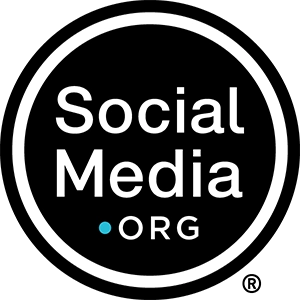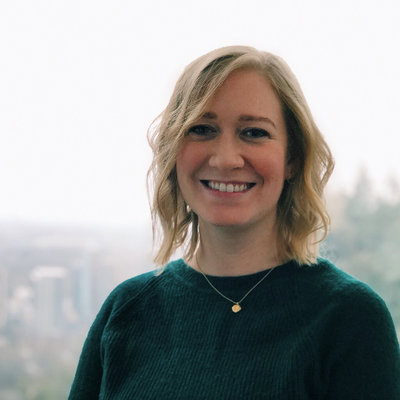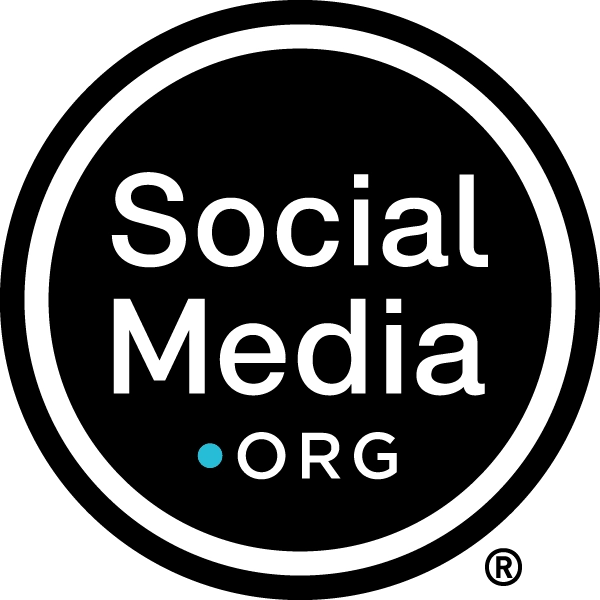Lisa McMahan, Senior Social Media Specialist at Oregon Health & Science University (OHSU), has been managing OHSU Doernbecher Children’s Hospital’s social channels for a little over five years. She had always been somewhat involved with OHSU’s main channels as well — with a team of four people managing social full-time at OHSU, they often shared responsibilities. Lisa even helped launch OHSU’s Instagram channel a few years ago.
Recently, she took over for both OHSU Doernbecher Children’s Hospital and OHSU while the team’s manager, Kathryn Peck, was on leave.
While the best practices for Doernbecher and OHSU’s social media channels are similar in a lot of ways, there are some key differences — starting with their audiences.
“We have more fans and followers across the board on our pediatric channels,” Lisa said. “Only incrementally so on Twitter and Instagram, but Doernbecher’s Facebook has 56K and OHSU has 42K.”
She explained the types of audiences also vary across platforms.
“Twitter tends to include more faculty members and community partners,” she said. “We generally focus more on education and research on that platform. For Facebook and Instagram, our target audience is mostly patients, parents, and caregivers. We also have some staff who follow us there as well. So, we tend to share some of the same stories there and frame them differently.”
Their overall goals differ in terms of the stories they share and what resonates with OHSU’s audience versus Doernbecher’s audience.
“I’d say the adult side tends to be more focused on research and education,” Lisa said. “Pediatrics includes those, but we also share a lot of hospital events, faculty and staff profiles, and patient stories.”
In general, they share more behind-the-scenes content that shows the human side of the hospital on the pediatric channels.
“People love to see our Hospital Facility Dogs and volunteer therapy animals, day-to-day hospital life, and the partnerships we have. There seems to be more opportunity for that on the pediatric channels than the adult ones,” she said.
She also pointed out that the voice across Doernbecher’s channels is more conversational than OHSU’s main channels, though the entire social team strives to make content accessible for all audiences.
To create that content on both the adult and pediatric sides, Lisa and her team turn to a variety of sources.
“Sometimes it’s a story or a piece of earned coverage that our media relations team has acquired or a StoryCorps conversation from our patient experience team,” she said. “And our team goes out and sources, identifies, and contacts patients or family members as well.”
When it comes to creating content for the pediatric side, Lisa said there is one key difference.
She said everyone working in social media in the health community knows there are HIPAA regulations that need to be followed, which can add complications to the content creation process for Doernbecher.
“We have to get our media and HIPAA releases signed,” said Lisa. “We have conversations with parents and caregivers to make it very clear that sharing their family’s story is optional and try to help them understand why we’re asking and where it will be shared.”
Although the choice is ultimately up to the patient’s parent or caregiver, the team also strives to empower some of the older pediatric patients to say whether or not they’re comfortable with their story or photo being shared on social media. “We want to make sure the whole family is on board and that they’re owning the way their story is shared.”
Because of the vast difference in audience size, their approach to community management for OHSU and Doernbecher is different as well.
“Our pediatric channels have more fans and followers — I think that’s because Doernbecher is so beloved by the community in Portland, Oregon, across southwest Washington, and the Pacific Northwest as a whole,” Lisa said. “Everyone knows someone with a Doernbecher connection.”
Doernbecher’s reputation also means most of the team’s community management responsibilities revolve around following up on stories their audiences share.
“That’s not to say we don’t get complaints, but the vast majority of what we do is following up on grateful patients’ stories and asking to share user-generated content. Thanks to the incredible care that’s provided at Doernbecher, we don’t see many patient relations issues,” she said.
She said across the board, audiences tend to engage most with patient stories — even if they don’t have a happy ending.
“Sometimes it’s just about the reality of the condition or diagnosis and how that patient or caregiver is learning to cope with it,” said Lisa. “I think our social media communities find a lot of strength and connection in hearing from other families who are going through a similar journey.”
She also explained the team uses many of the same best practices when it comes to driving engagement on the main OHSU and Doernbecher channels.
“We rarely prompt people to share their stories on any of our channels. They’re inspired by other people’s stories or staff, faculty, volunteer, or student features,” she said. “We prefer to prompt that engagement organically versus a direct call to action.”
Whenever they’re surprised by something that resonates with their audience, they use those learnings to build out the next month’s content.
According to Lisa, they’ve seen some great engagement on Instagram takeovers they’ve been doing for OHSU and Doernbecher.
“We’ve been doing this for a little over a year,” she said. “We’re profiling various people at OHSU, including at Doernbecher, the OHSU Brain Institute, and the OHSU Knight Cancer Institute.”
The takeovers showcase the host’s life, both on and off campus, including where they get coffee and what kinds of patients they see, Lisa said. The team built in a Q&A element and have seen higher rates of interaction than they anticipated.
“Our followers have a lot of questions and are genuinely interested in what our faculty, staff, volunteers, and students are doing,” she said. “We’re doing a lot of proactive outreach on that now. We ask our audience who they want to hear from next every time we do a takeover. And we’ve been getting a lot of requests from people who want to host takeovers, which is a fun shift in the concept’s momentum.”
She suggested other social media leaders at big health systems look for opportunities to leverage similar content across the pediatric and adult hospitals’ channels.
“We use a lot of the same themes for Doernbecher and OHSU,” Lisa said. “We look for a lot of the same content pillars and themes, and we do quite a bit of cross promoting across platforms and service lines.”
She suggested organizing content into categories and then looking for stories that suit those categories on both the pediatric and adult sides.
But, she said to keep in mind the voice for the pediatric and adult sides will always be different. “Get a good idea of who you’re talking to, why they should care about what you’re saying, and why they should share it,” she said.


